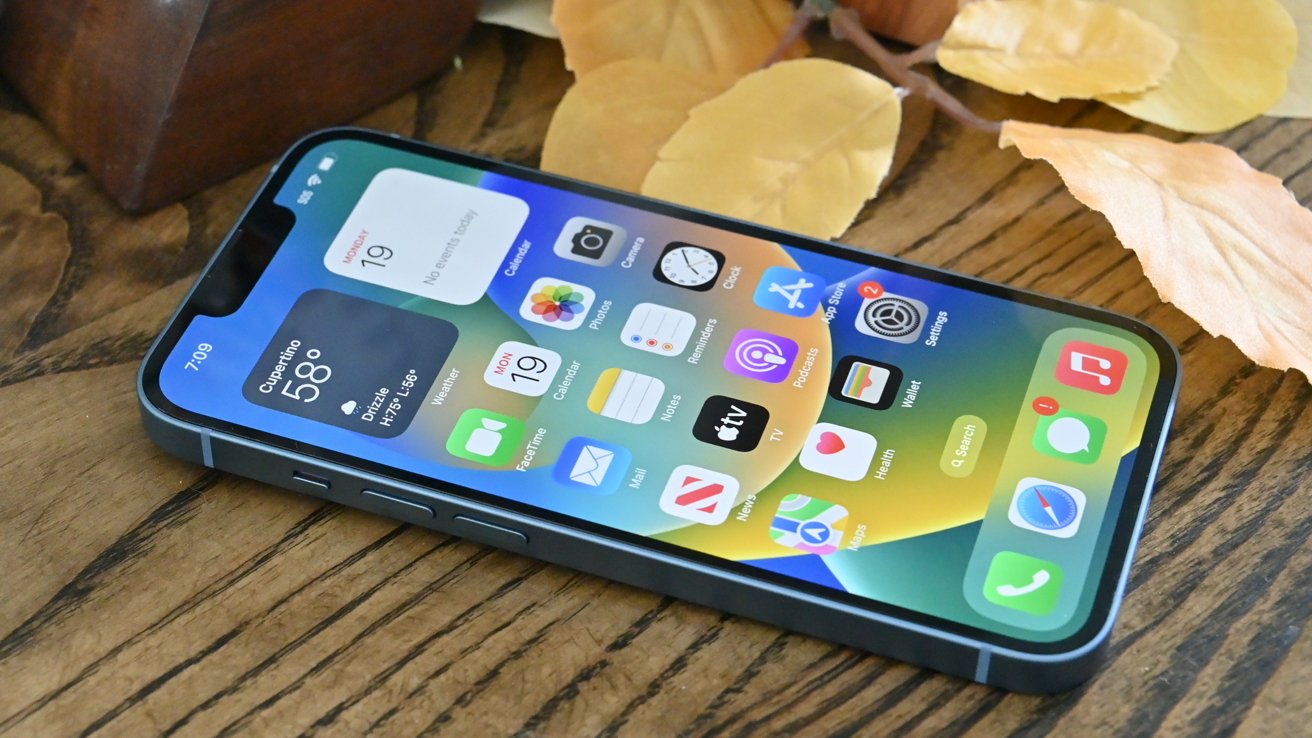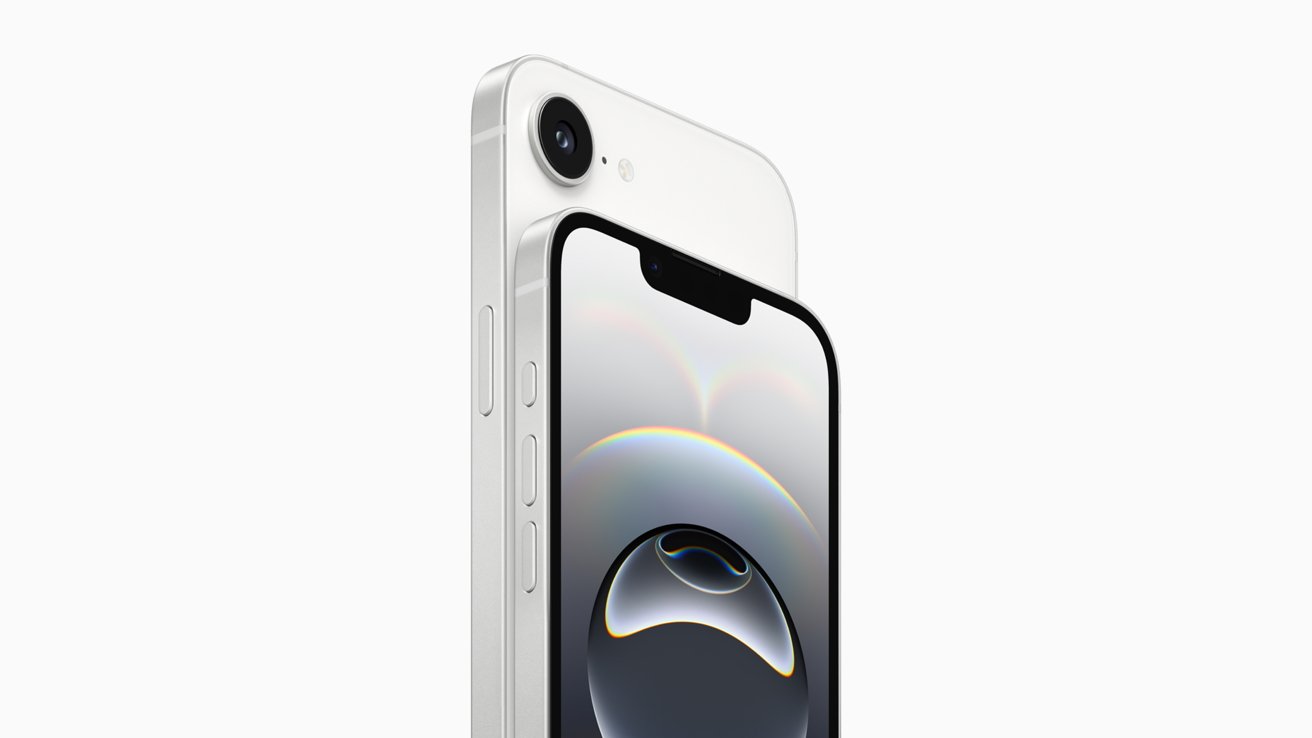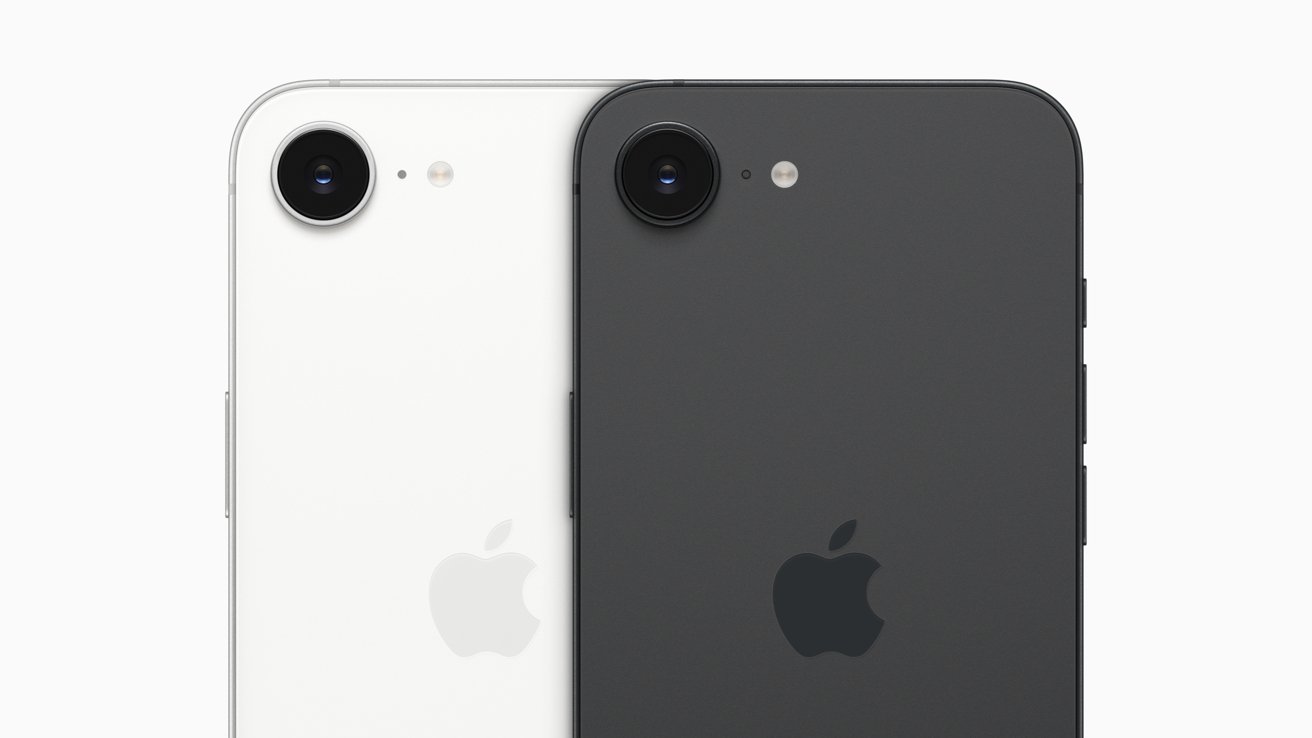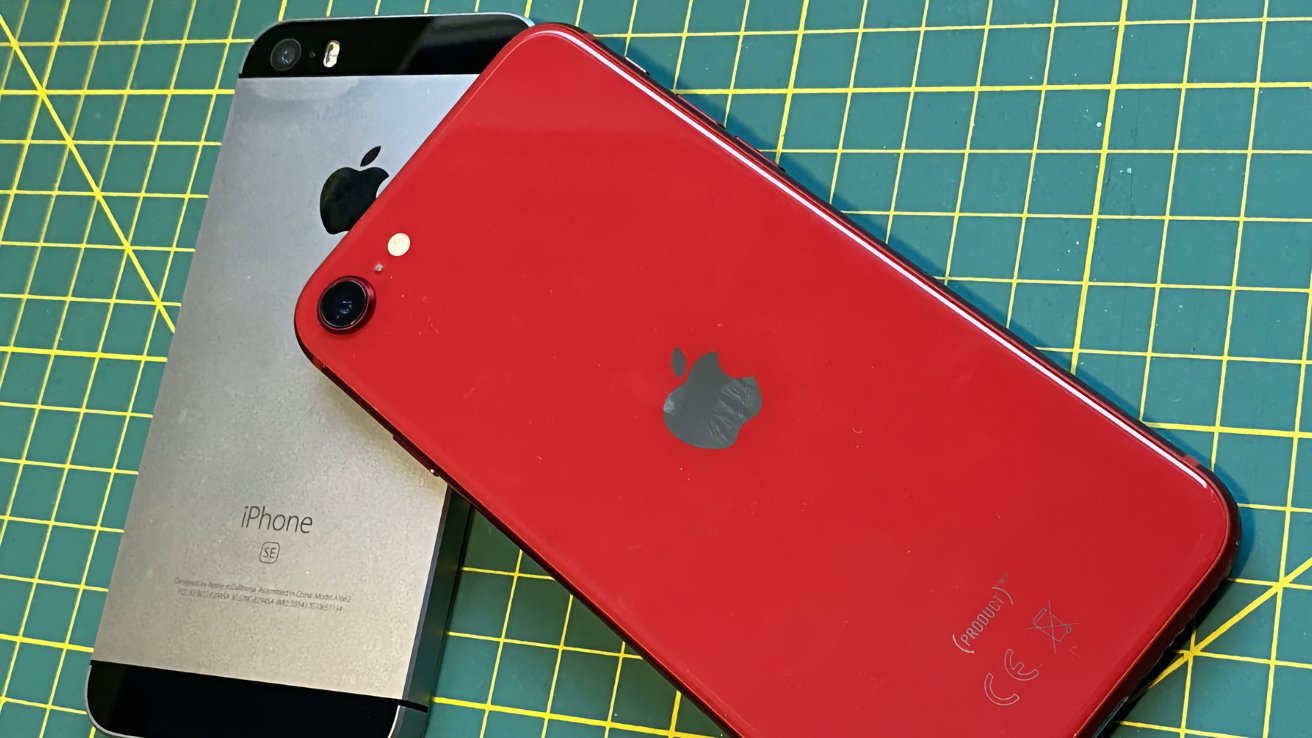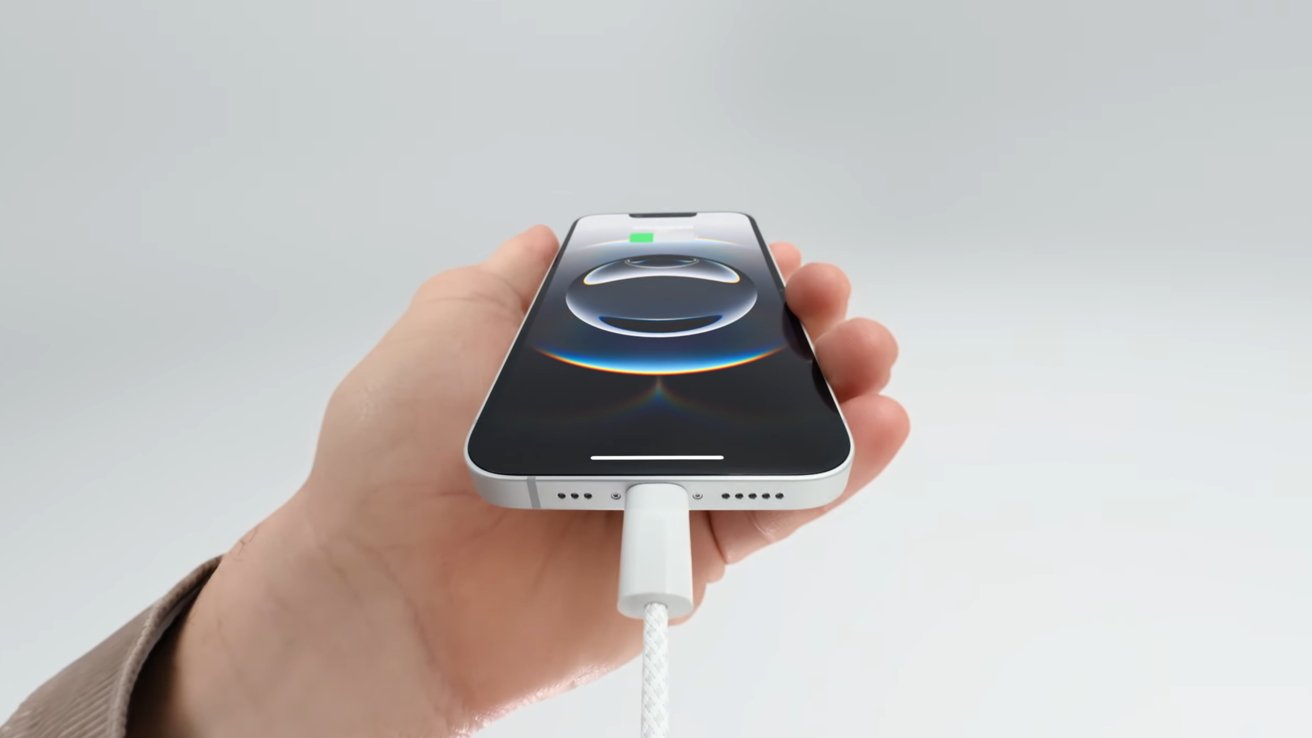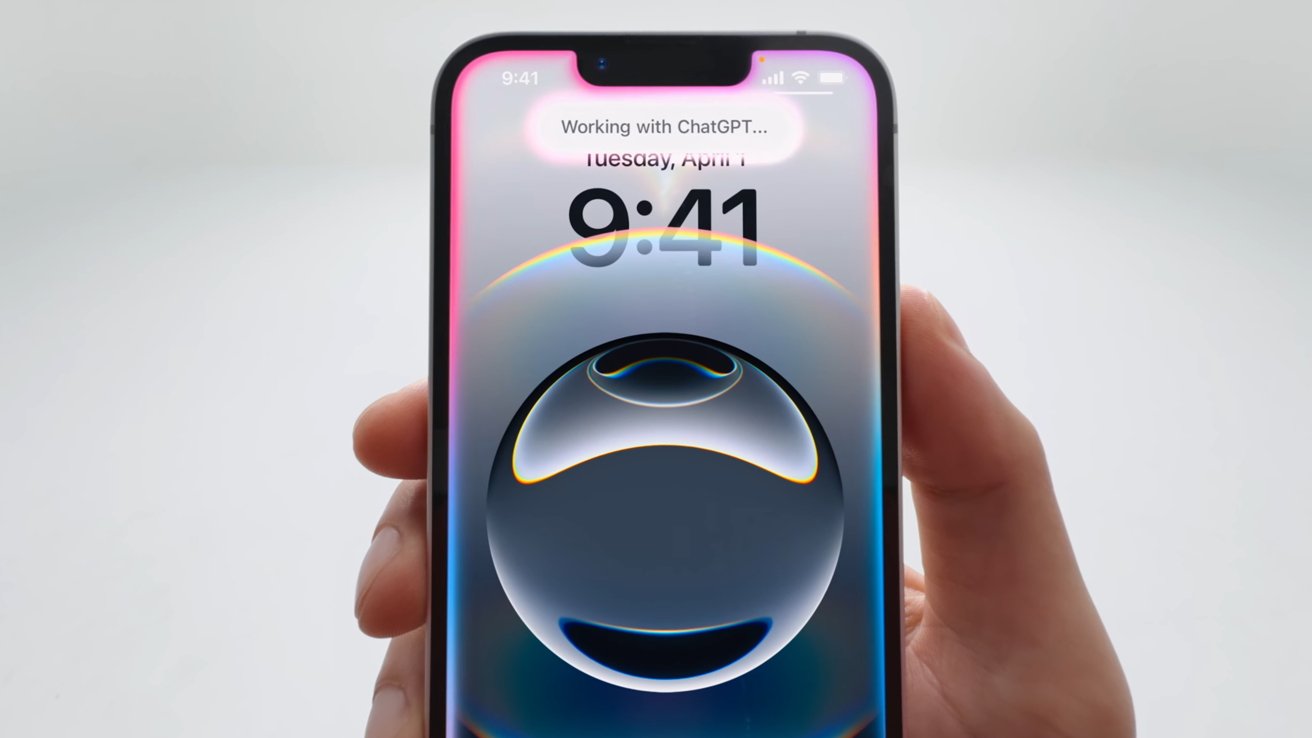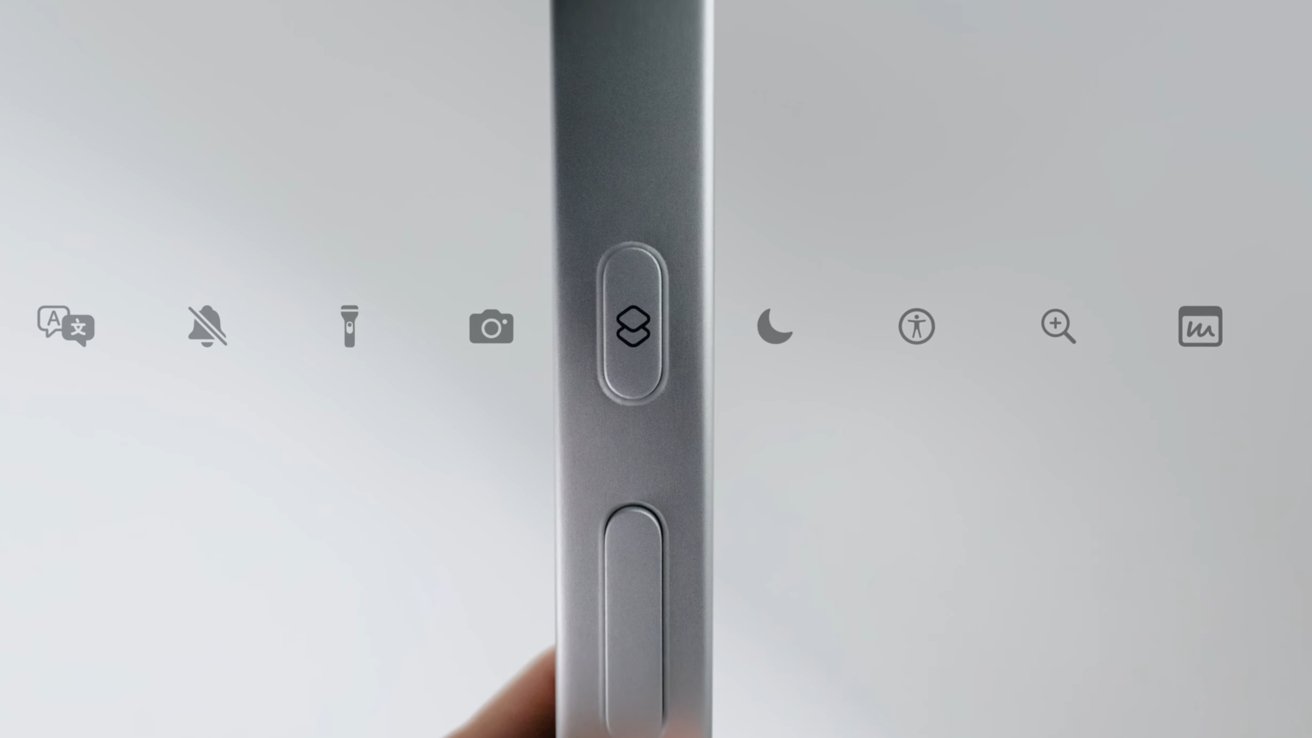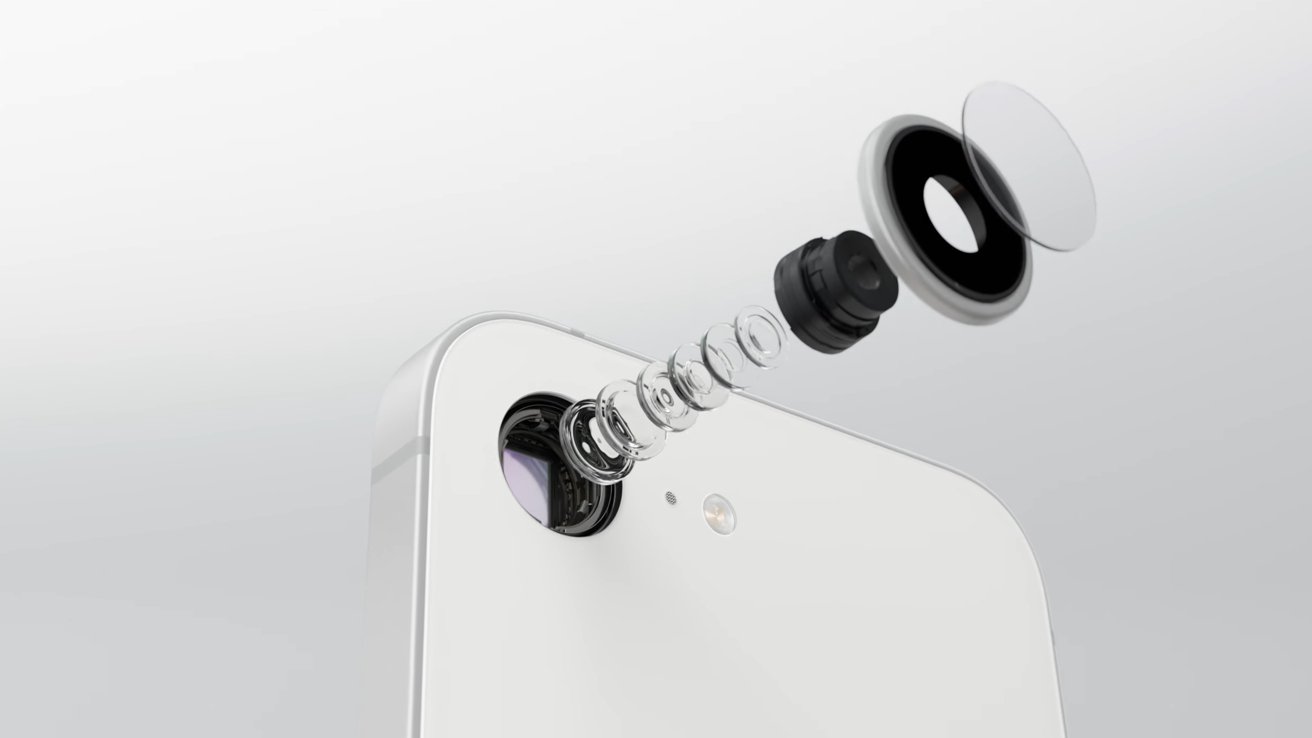Apple didn’t simply change the expected iPhone SE 4 name to iPhone 16e — they’re distinct product lines and all the data points to a strategy shift.
We should have seen this coming. Every Apple-focused website saw Tim Cook’s post on February 13 and assumed that it was an iPhone SE 4 reveal.
After all, almost all of the rumors for the last 18 months have called it the iPhone SE 4.
An iPhone was announced on Wednesday, but it wasn’t that iPhone SE 4. Apple’s newest entry is an iPhone 16 model trimmed to the bare minimum acceptable feature set to earn it that name.
So no, Apple didn’t just introduce an iPhone SE 4 by a different name.
I believe this is an important distinction when discussing the iPhone 16e. It is no longer the “budget-friendly” model that’ll slip into cheap Android price ranges during holiday sales — it’s something else.
Apple discontinued the iPhone SE line on Wednesday. The iPhone 16e is now at the bottom of the iPhone lineup.
Rumors had the right specs, wrong phone
Signs pointed to Apple’s new entry-model strategy as early as January 2023, but everyone missed them. It seems Ming-Chi Kuo may have been mostly correct when he shared the iPhone SE 4 was canceled.
However, when Kuo reported that Apple resumed development of the iPhone SE 4 in February 2023, it’s clear he was unknowingly talking about the iPhone 16e. The shift between the two device strategies is likely what led to the delay from a 2024 launch to 2025.
Not to mention, Apple’s C1 modem just wasn’t ready. Reports pegged the in-house modem launching in 2024, but it didn’t make it into the iPhone 16 lineup.
Note that the iPhone SE 4 was rumored to take on the iPhone XR design up until Kuo’s note on the canceled project. Later in 2023, rumors shifted to an iPhone 14-like product.
The iPhone XR would have been a natural next step for the iPhone SE line. The original looked like the iPhone 5S in a world where the iPhone 6 existed, and the 2022 model looked like the iPhone 8 in a world full of Face ID devices.
A rumor in September 2023 said the new budget iPhone would look like an iPhone 14, feature one rear 48MP camera, have a notch with Face ID, have an Action button, and use an in-house modem. This came from a source speaking directly to MacRumors, and they were spot on in every count.
It’s very likely that Apple had solidified its product strategy around the iPhone 16e at this point, codenamed Ghost. The product name may not have been known at this point, as the leak continued to refer to it as an iPhone SE 4, but it puzzled us here at AppleInsider.
The specs sounded too good to be true for an iPhone SE, and in retrospect, we were right. It didn’t seem likely that Apple would offer these specs near the existing $429 price point, but given the expected 2024 or 2025 launch at the time, it was possible.
Maybe we’re missing something here, but it seems that no one framed the device as anything but an iPhone SE during the entire rumor cycle. Had anyone arrived at it being a new model, it may have changed our ability to predict accuracy.
Looking back, it all makes sense. This wasn’t an iPhone SE 4, and that product name and category wouldn’t work here.
With that framing, the leaked name would have made a lot more sense.
A weird naming change rumor
Device naming doesn’t really leak, especially when a name changes or existing branding is extinguished. So it’s easy to understand why the product continued to be referred to as the iPhone SE 4 up to the announcement. That said, the iPhone 16e name did leak in January 2025, but the sources were historically unreliable so it was dismissed.
The iPhone 16e leak got AppleInsider‘s lowest rumor score rating, and for good reason. If we were talking about the iPhone SE line, calling it an iPhone 16 would have been incredibly confusing from a marketing standpoint.
Our understanding of Apple’s strategies around the product category and the unreliable sources pointed to this being nonsense. However, the new iPhone is called the iPhone 16e, but as we’ve established above, this wasn’t a simple name change.
Even the leaker with the current best track record, Bloomberg‘s Mark Gurman, called the device the iPhone SE throughout the rumor cycle. He did, however, admit that Tim Cook’s post just days before the event suggested that the iPhone SE name was likely going away.
Had we been considering the rumored product to be an entirely new iPhone category, the iPhone 16e naming would have made more sense. The name implies there would be an iPhone 17e and an update every year — which is not how the iPhone SE works.
So, we’re happy to admit they got the name right in spite of the low rumor score. However, the score stands given the unreliable sourcing and framing it as an iPhone SE 4.
At best, even if we were considering this rumored product a new category between iPhone SE and iPhone 16, the iPhone 16e name would have likely been ranked as “unlikely.”
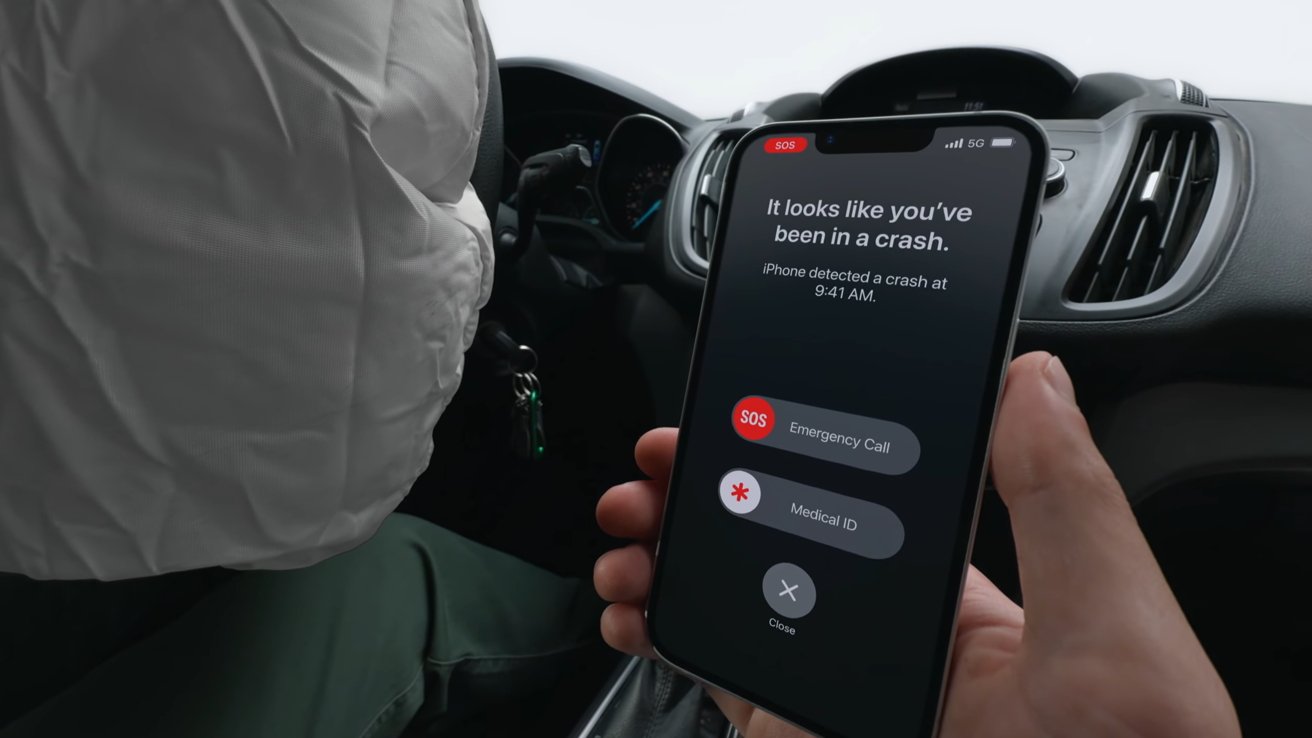
iPhone 16e is packed with the latest features, placing it above a simple ‘budget’ iPhone. Image source: Apple
Rumors are a tough game to judge. After this release, we can easily continue to say Ming-Chi Kuo is an excellent source of information, even if you have to work around his incorrect interpretations.
As for the leakers Majin Bu and Fixed Focus Digital, we’ll continue to evaluate them. The problem with these leakers is that their sourcing always appears to be second-hand, and there is no way of knowing if or when they have direct contact with a leaker.
Majin Bu especially has a bad habit of reposting information from Weibo that was sourced from others but claiming it is their own. These leakers grabbed ahold of a good piece of information, so we won’t be so quick to dismiss them in the future.
However, it is important that we continue to take their particular leaks with heavy scrutiny until an improved pattern emerges. This one correct name leak doesn’t make up for the poor track record, and there’s no way of knowing if it was sourced from anything beyond a Weibo post and not an internal leaker.
The economics behind Apple’s low-end models
It’s clear that the iPhone 16e is a departure from Apple’s previous iPhone SE strategy. If you’re wondering why Apple would abandon its popular budget product, the answer is simple — money.
The cynical take would be that Apple just wants to sell more expensive devices with higher margins to make more profits, so of course they would get rid of the consumer-friendly option. Well, yes, Apple is a for-profit business, but profits aren’t the only thing at play here.
The iPhone SE line was an anomaly.
The precursor to the iPhone SE was the iPhone 5c and its “unapologetically plastic” frame starting at $199 in 2013. It came as a surprise as many pundits assumed Apple didn’t care about competing with Android’s dominance of the under $400 price range.
Apple quickly abandoned the product and discontinued it in 2015, one year ahead of the iPhone SE’s introduction. Speculation suggested that the iPhone 5c had poor sales figures, and Apple’s strategy was shifting to larger, more expensive models.
When the iPhone SE arrived in 2016, it bucked the phablet trend and embraced the iPhone 5 body style. It was still considered budget in spite of it doubling the starting price of the iPhone to $399.
Times change, and so does the economy. In a world with Apple’s first $1,000 phone, the iPhone X, released in 2017, Apple’s $400 “budget” model started to look cheap.
The base price of the iPhone SE shifted up to $429 as it gained more expensive components and features. The third-generation model launched in March 2022 with the same chipset as the then-current iPhone 13, the A15.
Apple shifted to Face ID, USB-C, OLED, and more powerful cameras. Android products offered similar functions in their cheaper handsets, though at a lower quality, so Apple would have trouble competing with outdated specs.
Basically, the world and technology outgrew the iPhone SE. While users liked having the ability to buy the old form factor with Touch ID and a smaller display, it wasn’t so popular that it forced Apple to keep the concept around.
Moving to Face ID and more modern components would only bring up the cost. That, and introducing an iPhone XR body with an old chipset, likely would be ignored in favor of used newer devices, like a discounted iPhone 13.
Things were complicated further by the introduction of Apple Intelligence. Apple couldn’t release a new smartphone in 2025 without access to its AI features. It would be dead on arrival.
The iPhone SE worked when products were simpler. The iPhone 16 base specs are incredible compared to the 2022 iPhone SE, and it starts at $799.
Apple had to walk the line between budget and flagship without forcing customers to the used market. That’s why the iPhone SE died, and the iPhone 16e took over at the bottom of the lineup.
If the iPhone 16e is successful, expect annual updates, so an iPhone 17e in 2026, and so on. The $599 price, spring release, and annual release cycle would help drive consumer demand.
Apple discovered it doesn’t need to compete in the sub-$400 space with new devices. It competes fine with used products, even if it doesn’t sell them directly.
The ever-expanding active user base proves it. So, the new entry point for iPhone is $599, and that is great for Apple’s bottom line, but not so great for customers.
However, the users looking for sub-$400 iPhones are buying pre-owned and refurbished models, not the iPhone SE. If you’re looking for a new model, it’ll be more expensive than before but also better.
RIP iPhone SE
The iPhone SE served its purpose with its low price, outdated specs, and three-year upgrade cycle. However, technology moves faster than ever, and the existence of Apple Intelligence would introduce challenges for such a device.
Apple introduced iPhone 16e as a new product line that is built with the fast pace of technological advancements in mind. Apple Intelligence and gaming are only going to grow more demanding going forward, so an annual product cycle is important for Apple’s entry model.
iPhone 16e also reinforces the price ladder. It’s now a much smaller jump between the entry model and base flagship model.
Sure, customers that buy the iPhone SE and now the iPhone 16e will likely upgrade every three years or so. But at least when they do upgrade, the model they move to will have been introduced within the last calendar year.
All in all, the iPhone 16e isn’t that exciting of a device. It curiously lacks MagSafe, provides no color options, and doesn’t have mmWave 5G, UWB, or Thread.
It’ll be interesting to see how customers react to the iPhone 16e. The lower price tag may be enough to entice customers to upgrade.
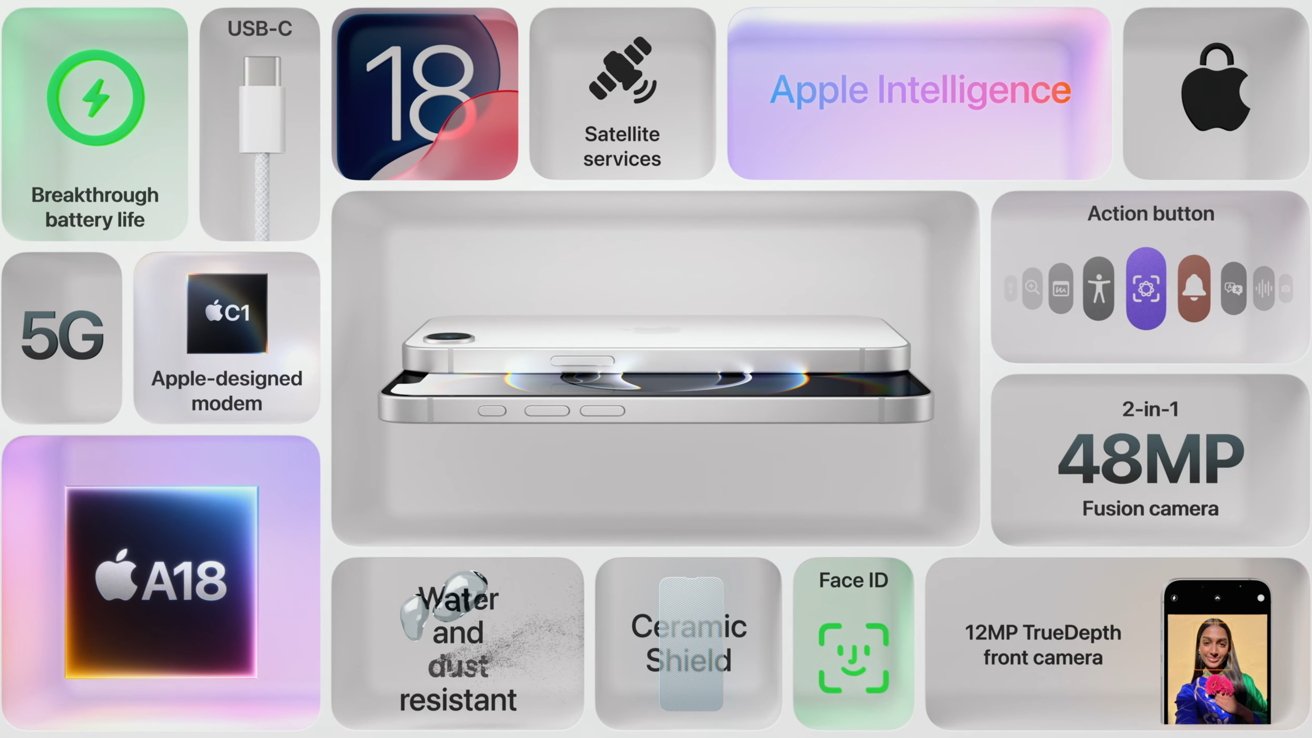
Apple couldn’t sell a device called iPhone SE with these specs. This is an iPhone 16 member. Image source: Apple
There’s even some argument to be made that anyone with an iPhone that doesn’t have Apple Intelligence should consider the iPhone 16e. Trade-ins of newer models like the iPhone 15 or iPhone 14 will likely eliminate most of the cost, and the A18 is an incredible chipset for more than AI.
The 26-hour battery life and USB-C charging shouldn’t be ignored either. Plus, the 256GB model is still $100 cheaper than the iPhone 16 with 128GB of storage.
Customers can pre-order the iPhone 16e starting February 21, and it will ship February 28. It is available in white and black and starts at $599 for 128GB of storage.
This story originally appeared on Appleinsider


